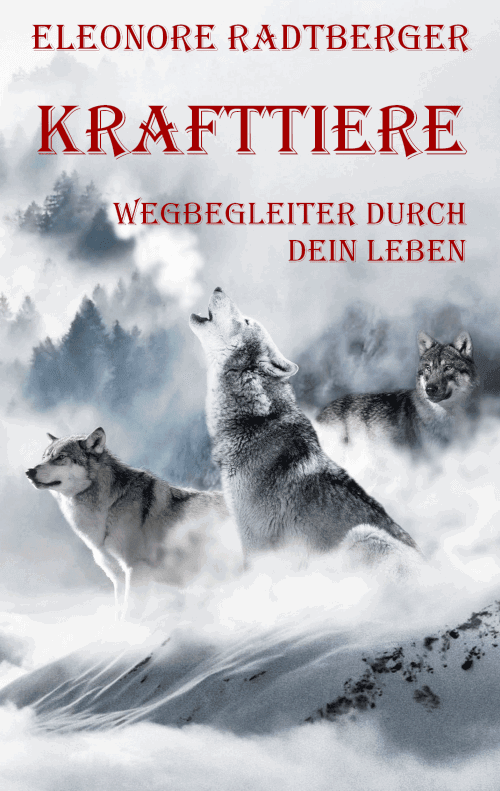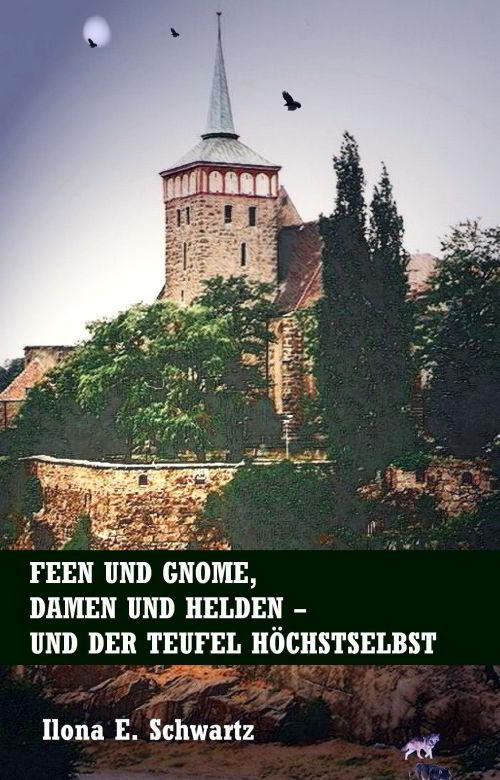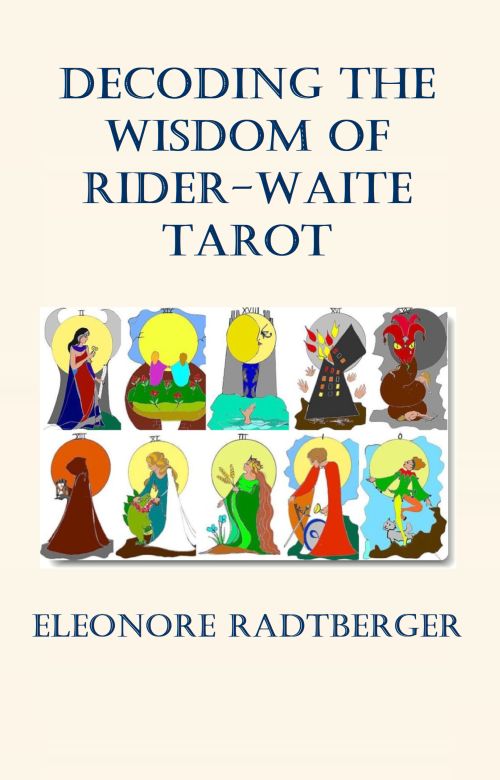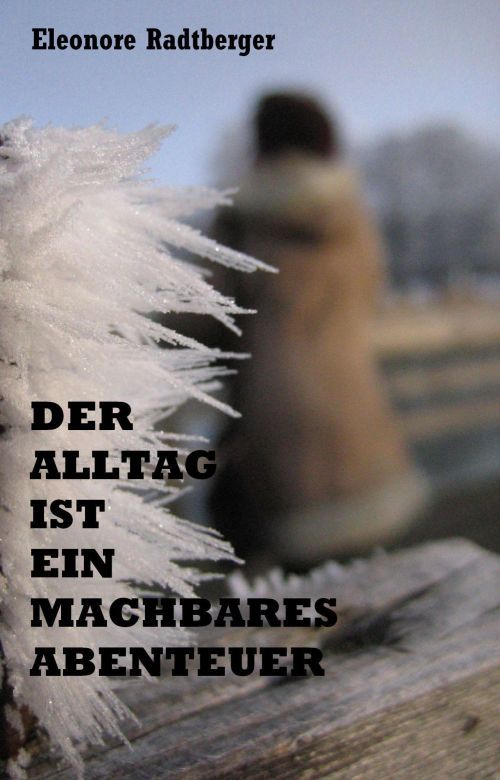
|
Drinks in Europe: A culinary journey through the centuries
Soft and alcoholic drinks: a diverse drinking culture
Alcoholic beverages in Europe before the introduction of tea and coffee
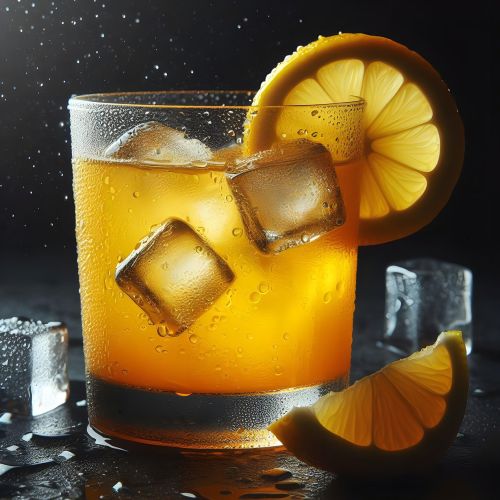
Before tea and coffee became popular in Europe, the range of beverages people prepared was amazingly diverse and went far beyond water, milk and alcohol. These drinks, which varied from region to region, reflected not only the culture and lifestyle of the people, but also the availability of raw materials and climatic conditions. Find out more about Europe's drinking culture and the history of the drinks that define our traditions.
Water: the basis of life
Water was the basis of all beverages and was widely used in all European cultures, although often less appreciated than other drinks. In many regions, water was not always pure and could be harmful to health. The Romans, for example, were masters at building aqueducts to ensure a reliable water supply in their cities. In many places, wells were dug and the water purified by boiling or filtering. In the countryside, spring or river water was used, although it was often impure.
The ancient Romans and their wine culture
The Romans are famous for their highly developed wine culture. Wine was not only a popular drink, but also an important part of social life. Wine was often mixed with water to reduce its strength, and it was common to add various herbs and spices to vary the flavour. There were also special types of wine reserved for festivals or religious ceremonies.
As well as wine, the Romans enjoyed other alcoholic drinks such as "mulsum", a mixture of honey and wine. This sweet drink was a tasty alternative and was often served on festive occasions. Salt and pepper are mentioned as spices in ancient cookery books. The Romans also brewed beer, but it was less popular than wine and was mainly drunk in the countryside.
The Vikings and their drinking habits
For the Vikings, drinking alcohol played a central role in social life. They mainly brewed beer from barley, rye or oats. Mead, a drink made from fermented honey, was also very popular. Mead had a high alcohol content and was often consumed at festivities such as weddings and other celebrations.
The Vikings also used a form of cider made from fermented apples, showing their reliance on local resources. This sweet or sour cider was not only a treat but also a way of strengthening community ties during celebrations. The ancient Greeks were already familiar with a fruit wine called "side", which means pomegranate.
The Slavs and their drinks
In the Slavic countries, people were creative in brewing various beverages. As well as beer, which was often made from rye or barley, there were regionally coloured drinks such as "kvas", a lightly alcoholic drink made from fermented bread. Kvas was particularly refreshing during the hot summer months.
Another traditional Slavic drink was mors, a fruit drink made from various berries and water. This drink was particularly popular at festivals and was often consumed as a refreshment while working in the fields. On cold days it was simply heated and sweetened with sugar.
The Celts and their unique brewing methods
The Celts, who lived in parts of Britain, Ireland and France, also had a strong drinking culture. Beer was their main beverage and was often produced in local breweries. A particular feature was the use of unconventional ingredients such as herbs and spices, which gave the beer a unique flavour. The Celts also produced "hydromel", a form of mead or mulsum made from water, honey and herbs. Drinking mead played an important role in Celtic mythology; it was often seen as a gift from the gods and had symbolic significance in many stories.
The importance of herbs and spices
The use of herbs and spices to enhance the flavour of drinks has been known to many peoples. The Romans, for example, added aromatic herbs to their wine, and the Vikings experimented with spices to add flavour to their drinks. This practice shows how much people in ancient times valued their drinks and were willing to invest time and effort in their preparation to achieve a better taste experience.
From my childhood I remember a drink my grandmother made from elderberries. Elderberry flowers, leaves and berries can be used to make wine and sparkling wine, but also tea, juice and soup... But let's move on to non-alcoholic drinks.
The variety of non-alcoholic drinks in Europe before tea and coffee
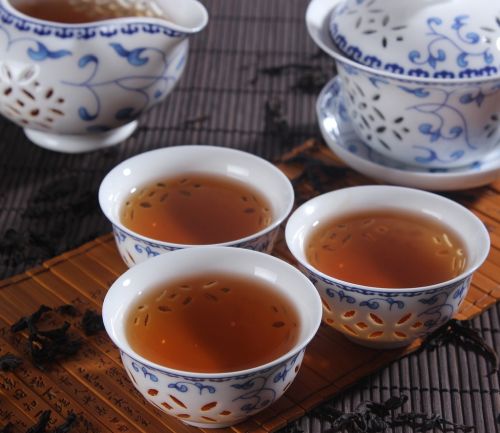
Before tea and coffee became popular in the 17th century, there was a wide variety of non-alcoholic beverages consumed by different peoples in Europe. These drinks were often regionally influenced, reflecting local resources and traditions.
Herbal and flower tea
Before the introduction of tea from the East, many European cultures were familiar with herbal and flower teas. People used native plants such as mint, chamomile and thyme to make infusions. These herbal teas were not only used for drinking, but were also valued for their healing properties. Healing teas were made from plants such as St. John's wort, lemon balm and dandelion, which were used as both thirst quenchers and remedies. These drinks were often sweetened with honey and were an important part of folk medicine.
Fruit juices and cider
Fruit juices and cider were widely available in many European countries, especially in fruit-growing regions. Apples and pears were particularly popular, and apple or pear cider was often made. This was made by pressing the fruit and fermenting the juice, often with a very low alcohol content. In rural areas it was common to press the juice fresh and drink it without adding sugar. In southern Europe, grapes were used to make sweet, energy-rich grape juice as well as wine.
Milk and dairy products
Milk played a central role in the diets of many European peoples. As well as being consumed fresh, it was also processed into a variety of products. Buttermilk and kefir were consumed in Scandinavia, while cheese and yoghurt were important in the Alpine regions. Fresh cow's milk was a popular drink in the British Isles, and goat's and sheep's milk were also used on the continent. Milk was often flavoured with honey or herbs to enhance its taste.
Almond and pistachio essences
Another interesting category of soft drinks are the many essences that were very popular in Europe. In the Mediterranean region, for example, drinks made from almonds or pistachios were prepared with water or milk. These drinks were not only delicious but also very nutritious. The Italians appreciated orange blossom water as a refreshing drink, and its aroma was used in desserts and other dishes.
Syrup and lemonade
Syrup was made from fruit, flowers or spices in many parts of Europe. Concentrated solutions were often diluted with water to make refreshing drinks. Sugar and lemon syrups were common in England, while rose and violet syrups were popular in France. Finally, in the 17th century, the production of lemonade developed from simple recipes using lemon juice, sugar and water. These refreshing drinks were particularly popular in the summer and quickly spread throughout Europe.
Cold drinks and ice
With the spread of ice and refrigeration in the 19th century, people in Europe began to enjoy pleasantly chilled drinks. But even before this technological advance, there were early forms of iced beverages. In regions where there was plenty of snow and ice in winter, these materials were used to make iced fruit drinks. Frozen fruit juices, sweetened with sugar and then crushed over ice, became particularly popular in southern European countries. This refreshing principle contributed to the development of modern sorbets and granitas.
A diverse drinking culture
Overall, the European drinking culture before the introduction of tea and coffee was remarkably diverse. It is fascinating that not only water was consumed, but also a variety of alcoholic beverages – from wine to beer to mead and kvas. These traditions not only shaped the diets of the time, but also give us an insight into the cultural diversity and ingenuity of people today.
The non-alcoholic beverages that existed in Europe before the introduction of tea and coffee reflect the traditions of different cultures and demonstrate the creativity and adaptability of people in the past. Although tea and coffee are just as important today, these ancient drinks remain part of Europe's rich culinary heritage. They remind us that the enjoyment of beverages has always been a part of human life.
© "Drinks in Europe: A culinary journey through the centuries. Soft and alcoholic drinks: a diverse drinking culture": An article by Izabel Comati, 12/2024. Image credits: Ice-cold drink and Teacups, both CC0 (Public Domain Licence).
– The experiences of a leaflet distributor (Short story)
– The Fab Four: The Apocalypse. A story from the near future
– Fancy travelling through time? We'll send you into your own future
Discover more articles! Use the search function:
English archive:
More reviews, book presentations and essays
2024/2025
German archive:
2024 |
2023 |
2022 |
2021 |
2020 |
2019 |
2018 |
2017 |
2016 |
2015 |
2014 |
2013 |
2012 |
2011 |
2010 |
2009
Become a writer for Pressenet! Write articles for our online magazine on trending topics such as best books to read, health and wellness, technology and gadgets, business and finance, travel and tourism, lifestyle and fashion or education and career. Info: Become an author
Sponsors and investors are welcome: If you found our articles interesting, we would be grateful for a donation. Please also recommend us to your networks. Thank you very much!
Sitemap About Privacy Policy RSS Feed

